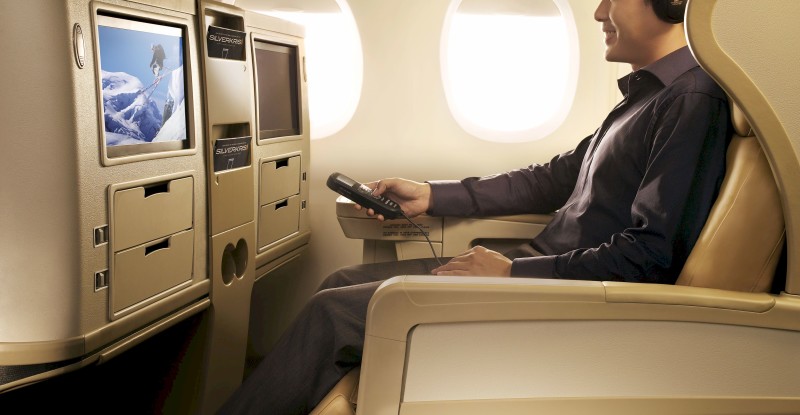What does it take to move 40,000 video files onto airplanes each month? At Panasonic Avionics, packaging up and delivering the content to an airline can take 15 days or more. And while that is already much faster than in the past thanks to digital delivery of the content files from production houses to the inflight entertainment provider, it is not fast enough. The company is now in the home stretch of its shift to a “zero-touch” initiative, one aspect of which will entail dynamic content loading. The end result is a more responsive solution allowing airlines to adjust onboard content quickly and dynamically.
During a recent visit to the company’s headquarters in Lake Forest, California RGN went behind the scenes to explore the content packaging process and the value of the zero-touch initiative. Said Panasonic:
We’re trying to take advantage of the move to digital technologies that the studios will support. We can go digital to the planes if they meet the security requirements and have the bandwidth capacity to accept the load.
“Frequency and recency” are key to delivering a quality content experience, according to Julie Lichty, Panasonic Avionics’ director of media & creative services. As we toured the office she oversees, filled with hundreds of seatback screens arranged into pseudo-aircraft layouts, Lichty pointed out the detailed testing process every piece of content undergoes to ensure it will render correctly regardless of screen size or cabin of service. Each of Panasonic’s customers will typically have multiple aircraft configurations, and each require an individual content build file – essentially a bundle of the safety video, multimedia content, maps, games, shopping and whatever else the airline chooses to host on the inflight entertainment kit, to the tune of 500+ gigabytes on average; more movie choices means even larger build files. The Lake Forest office alone produces nearly 200 of these configurations each month.
Core to the zero-touch initiative is unbundling the content, creating a granular solution that allows individual components to be updated quickly and without affecting all the other content in the system. As the bundle is broken apart loading content becomes a matter of pushing the individual component files to the plane. News shorts can be loaded more quickly, either over a terrestrial 4G or wifi network while the plane is at the gate or, if the costs can be justified, over a satellite link to the aircraft. Full length movies will likely remain terrestrial loads only, but even that process can be eased by individual file changes over a private network with the aircraft at the gate rather than requiring a technician visit and shifting hundreds of gigabytes of information. Infrequently used content can be easily removed from the on-board catalog, saving the airline on licensing costs. And regionally specific content can be adjusted in real-time at the gate, allowing airlines to better serve specific markets without dedicating specific aircraft to routes.
Much of the demand for faster new content loads is coming from outside the United States. Lichty highlighted Bollywood films and the telenovelas of Latin America as content where Panasonic is focused on rapidly increasing the processing throughput and ability to load on to aircraft on shorter cycles. For the airlines clamoring to support the shorter, more responsive content cycles, the zero-touch approach is a necessity from Panasonic’s perspective. And it is coming very soon. The company has some production airlines in various states of testing today and expects to have the solution operable and offerable by the end of the year, with broader implementations starting in early 2017.











